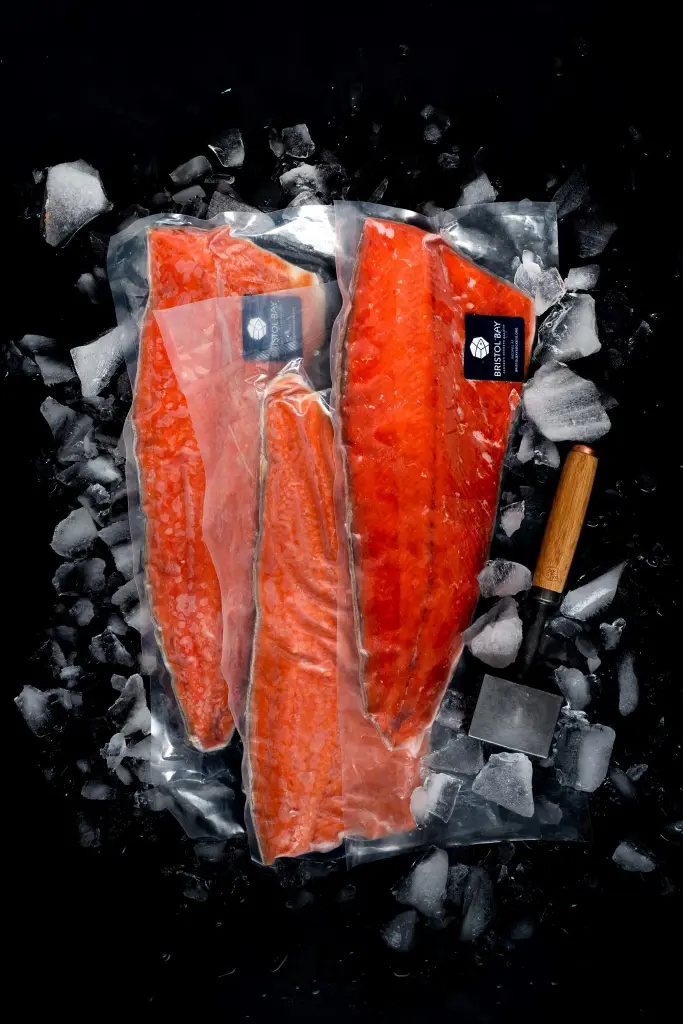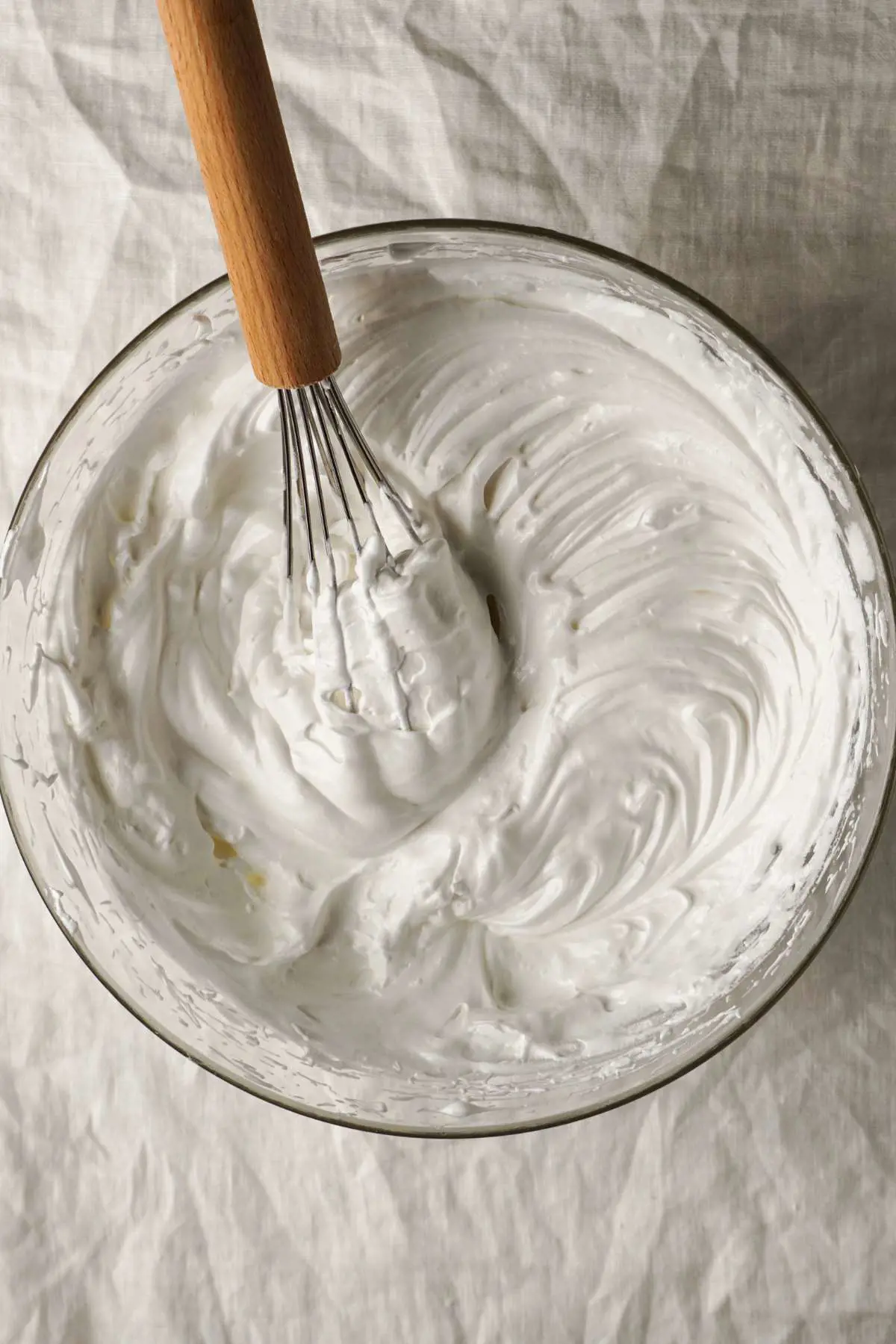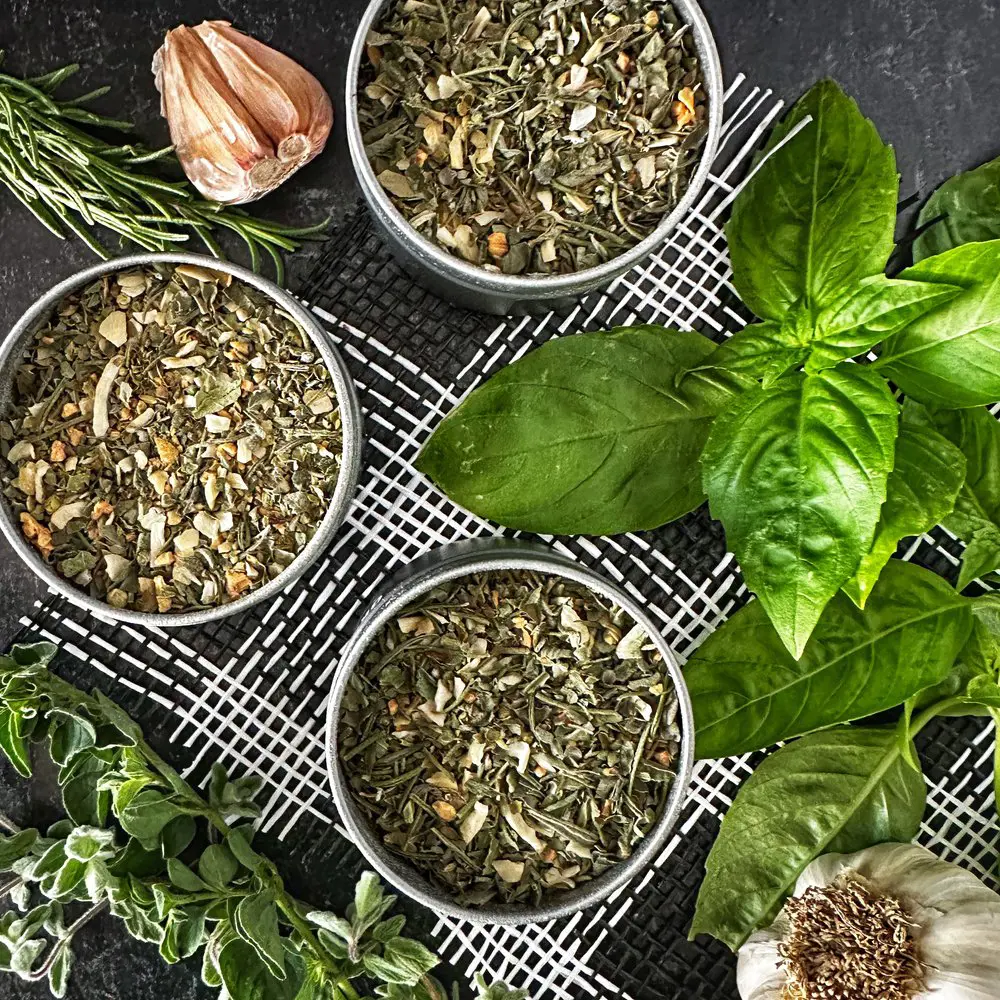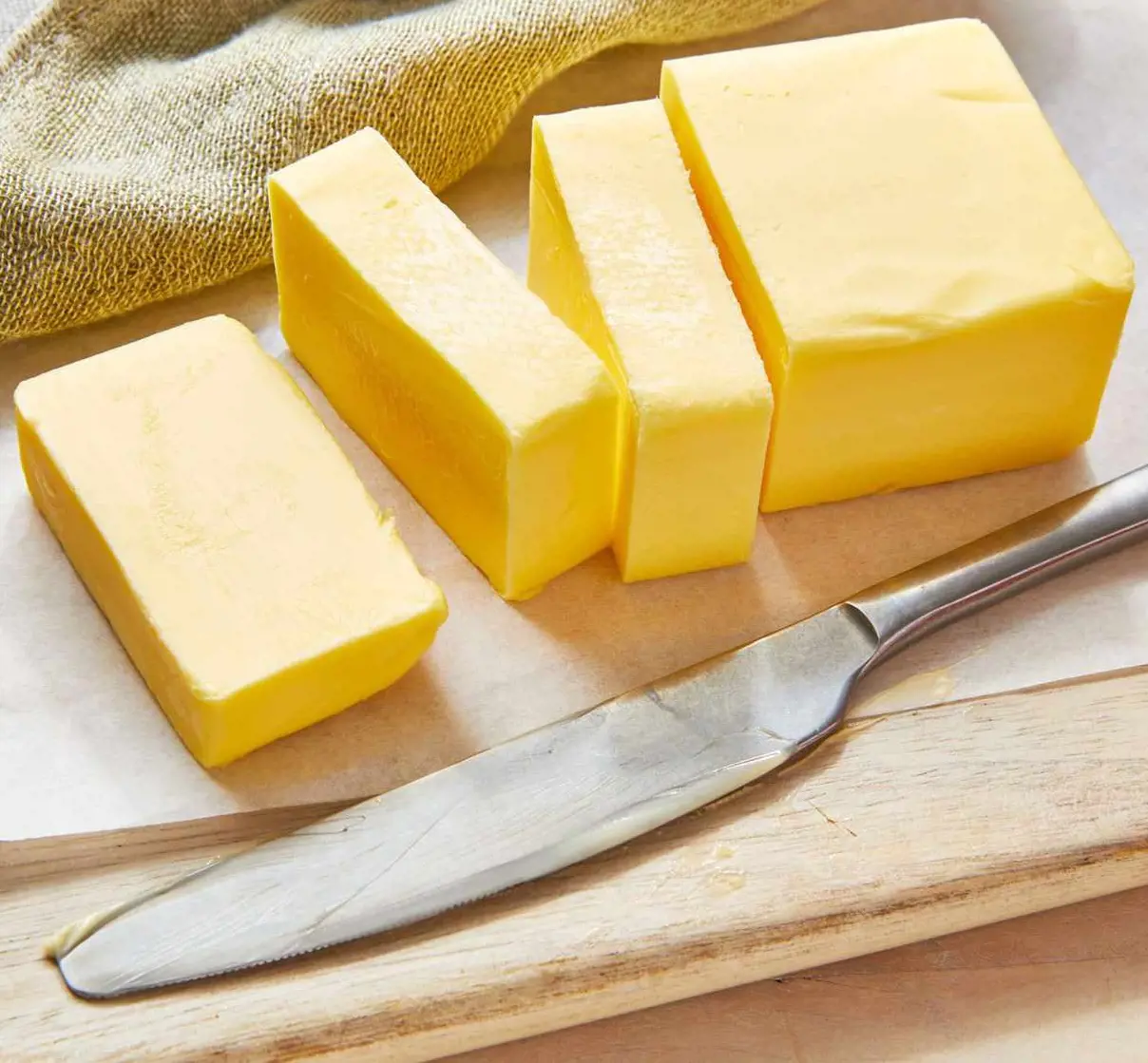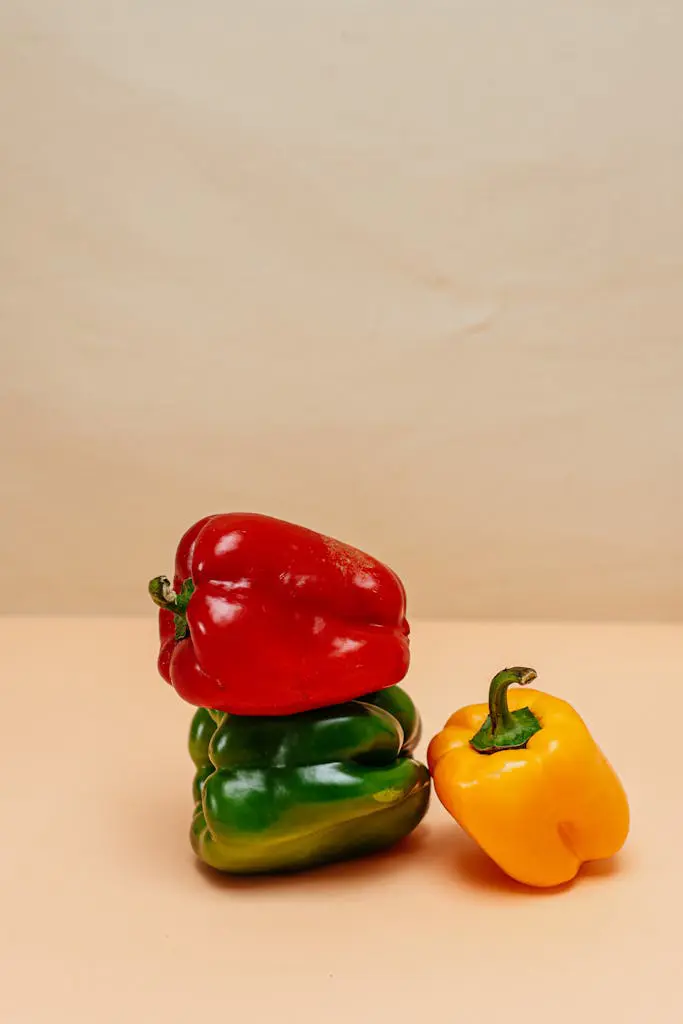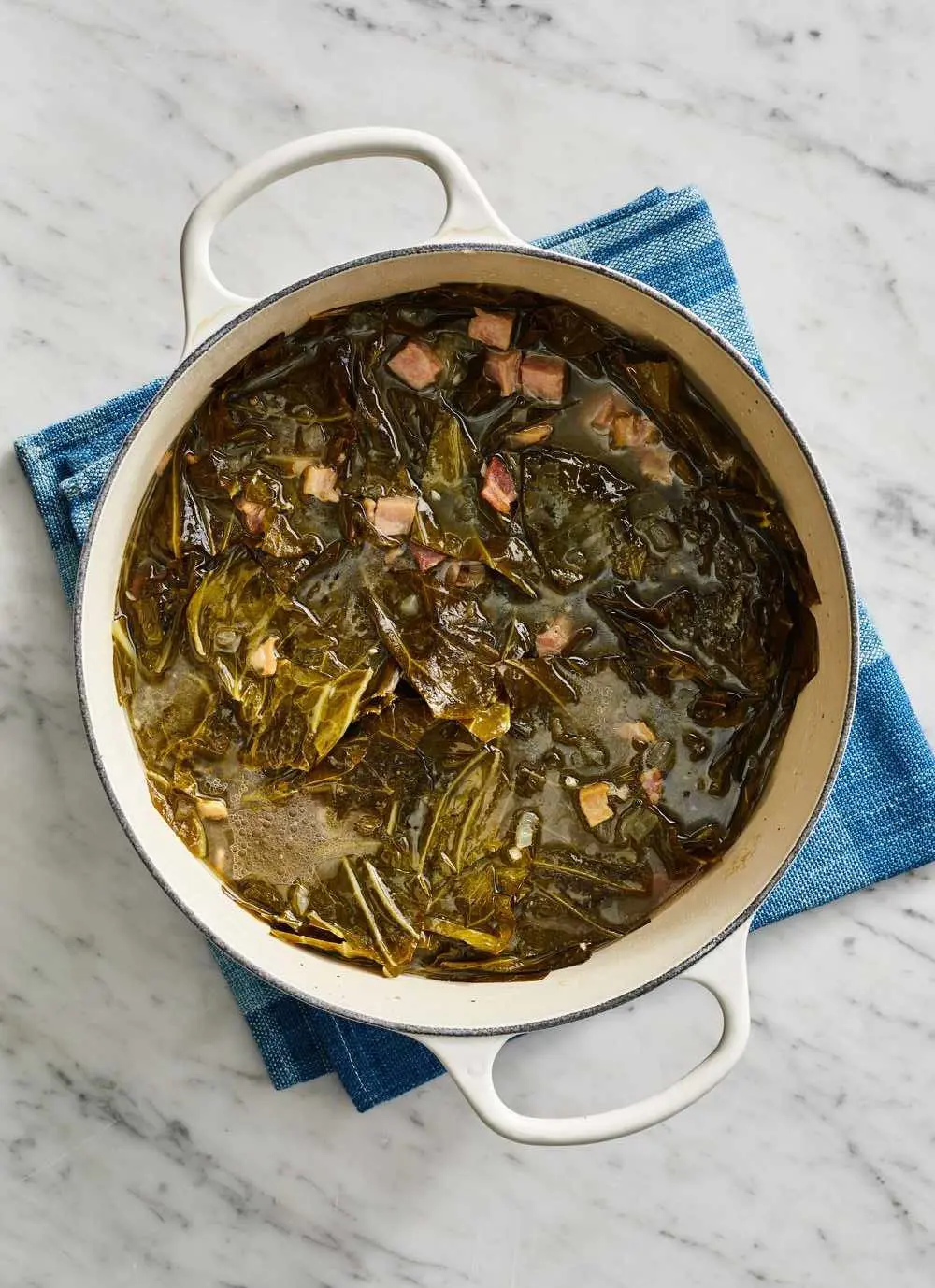Sardines vs Anchovies: What Sets These Pungent Fish Apart?
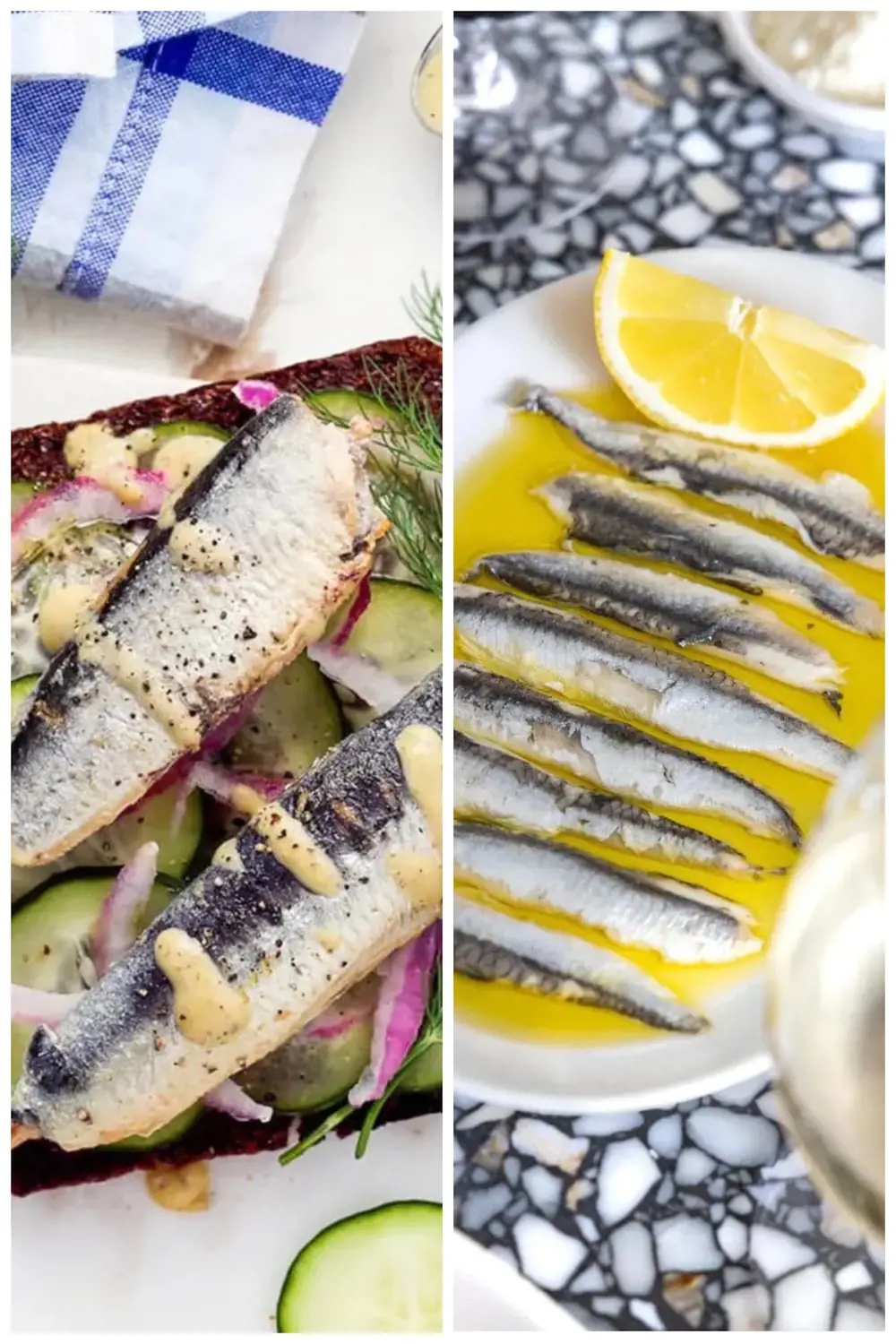
Sardines and anchovies are both types of small, oily fish that are widely used in food around the world. Both sardines and anchovies are marine or saltwater fish. They are commonly found in coastal waters and are part of the vast array of species that inhabit the world's oceans.
While they share the characteristic of being saltwater fish, there are differences in their size, appearance, and taste. In this article, we will dive into facts and figures that set sardines and anchovies apart from each other. So, let's delve into the nuances and discover how these differences impact their roles in the culinary world.
What are Sardines?
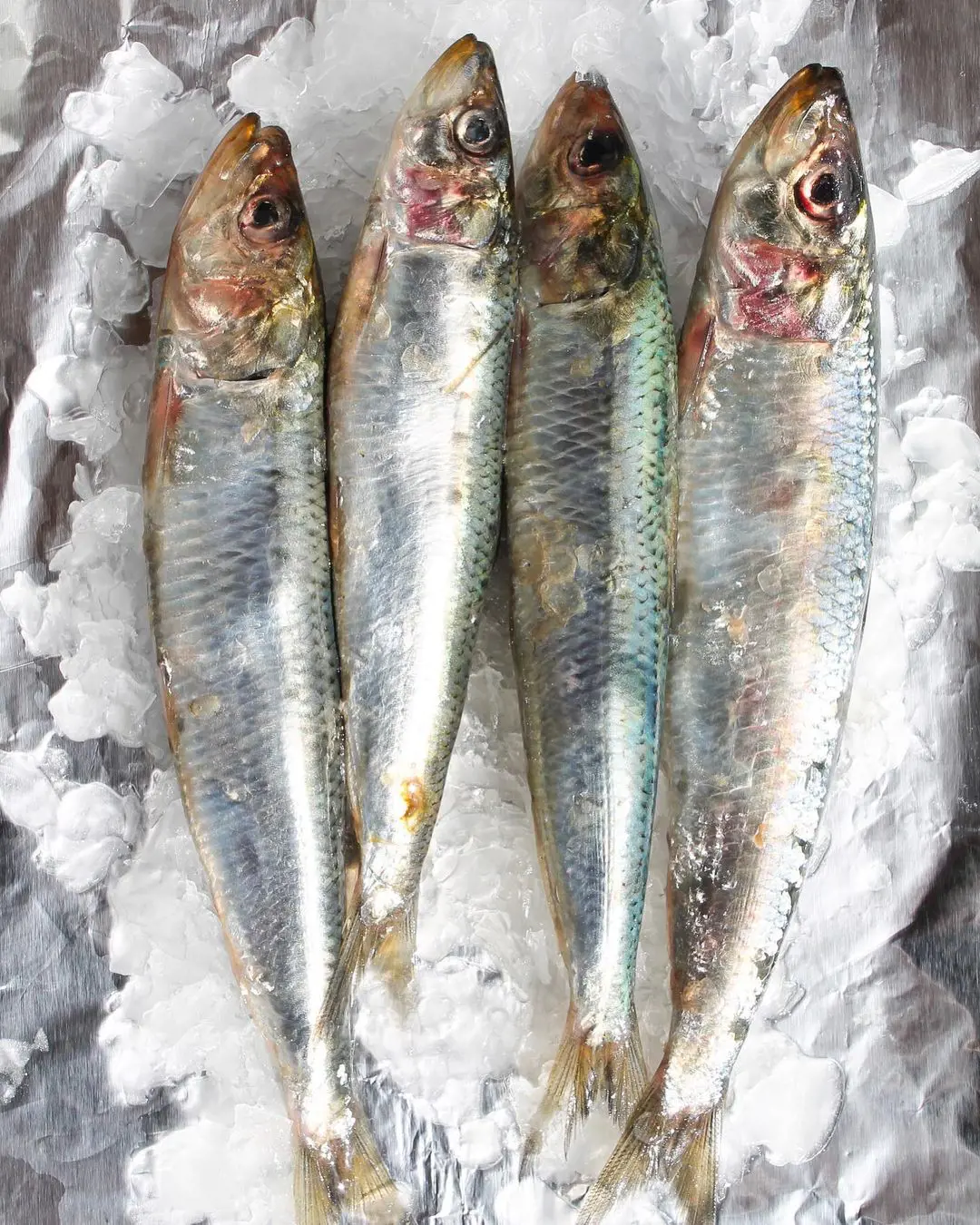
Sardines typically refer to various small, silvery fish belonging to the herring family, commonly found in oceans around the world. The name "sardine" likely originates from the Italian island of Sardinia, where they were once abundant. Sardines are part of the Clupeidae family of fishes.
Sardines are commonly found in open waters and coastal regions of the Atlantic, Pacific, and Indian Oceans. They prefer cooler waters and are often associated with nutrient-rich areas, thriving in coastal upwelling zones. Sardines often form large schools and undertake seasonal migrations that can cover significant distances.
What are Anchovies?
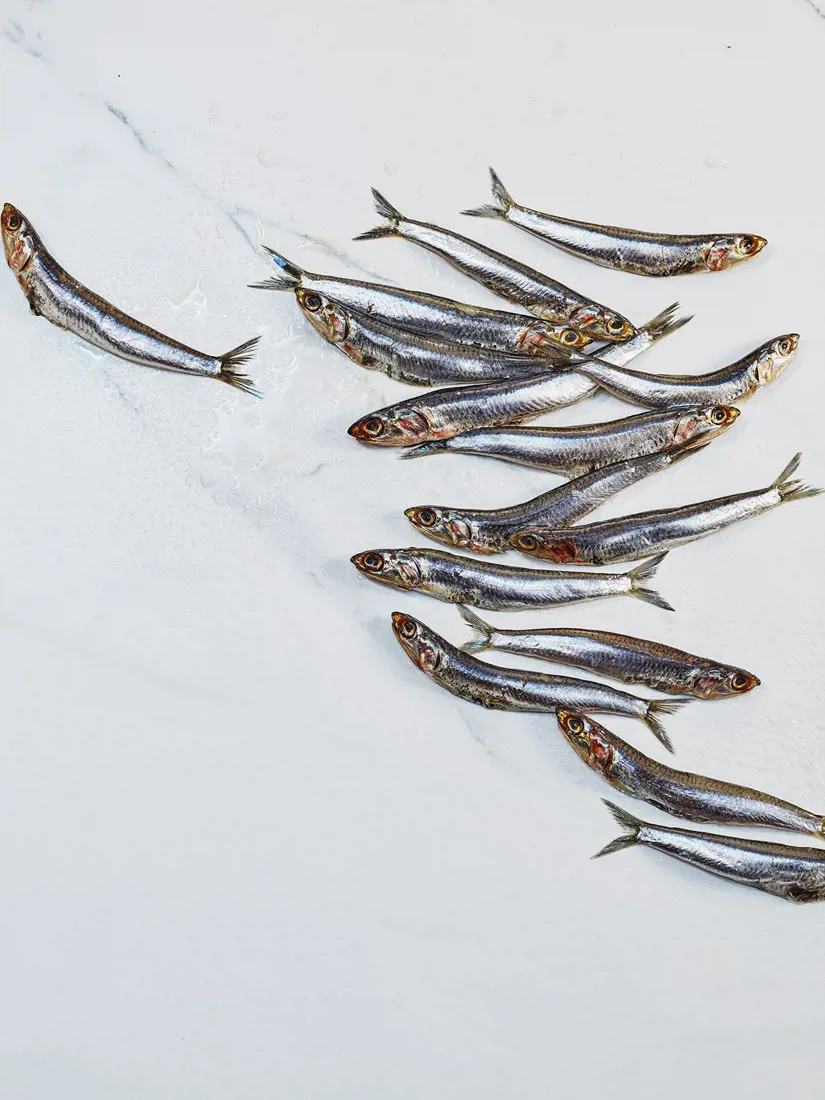
Anchovies are small, oily fish that belong to the Engraulidae family. Anchovies thrive in habitats where there is an abundance of plankton and smaller fish, as these constitute a significant part of their diet.
Anchovies tend to inhabit coastal waters and are often found in shallower and warmer regions of the oceans. During the day, anchovies are often found at deeper depths while at night anchovies move closer to the surface. This behavior is often associated with the diel (daily) vertical migration of their prey, such as plankton, which tends to move upward in the water column during the cover of darkness to feed on phytoplankton.
Shape and Size
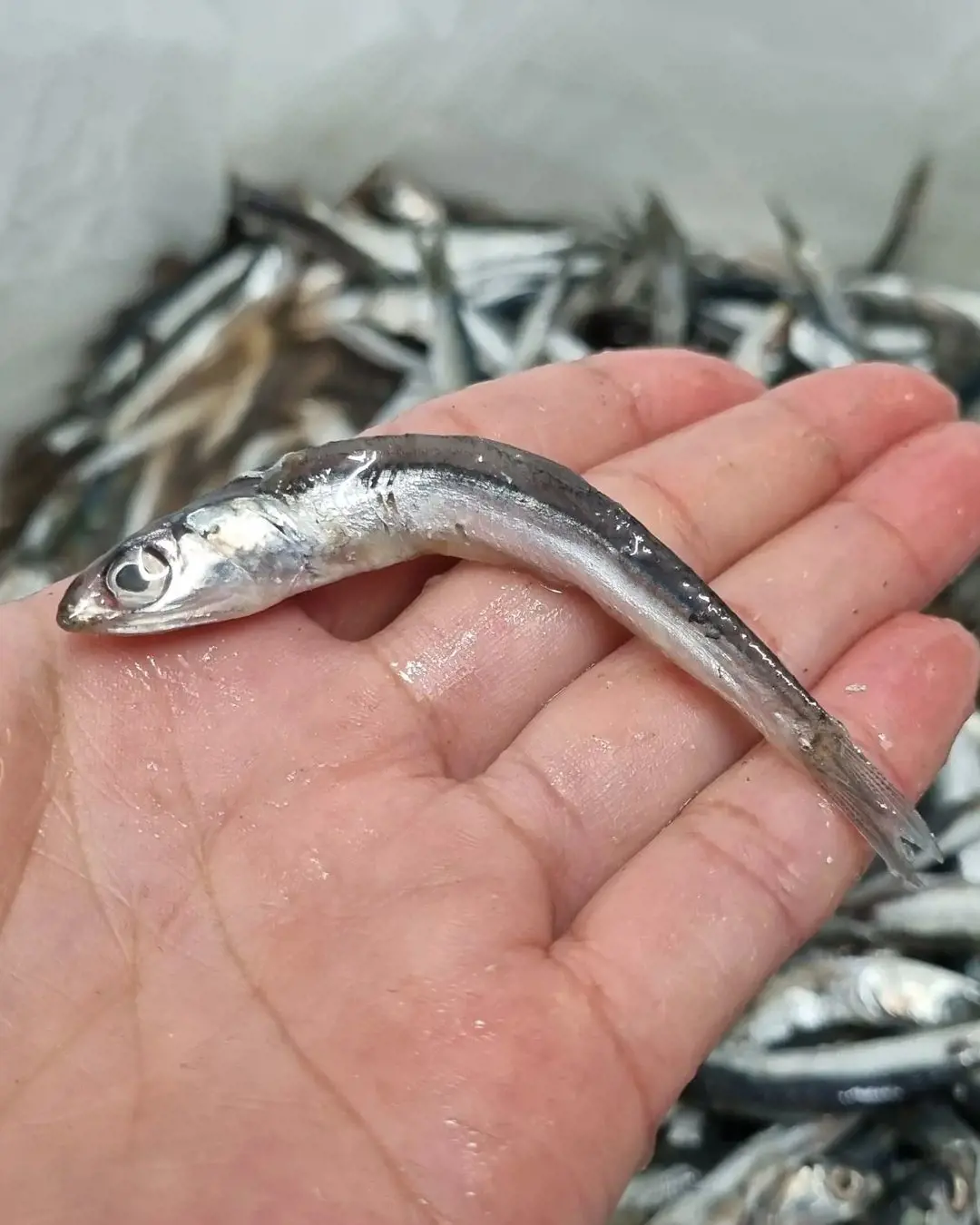
Sardines are generally larger and have a more elongated body, typically ranging from 15 to 30 centimeters (6 to 12 inches) in length. They have a streamlined and cylindrical shape, with silvery scales covering their bodies.
Anchovies, on the other hand, are notably smaller and have a distinctively slender and torpedo-like shape. They are usually around 10 to 15 centimeters (4 to 6 inches) in length. Anchovies have a more pronounced curvature to their bodies and are characterized by a silvery-blue hue.
Habitat and Harvesting
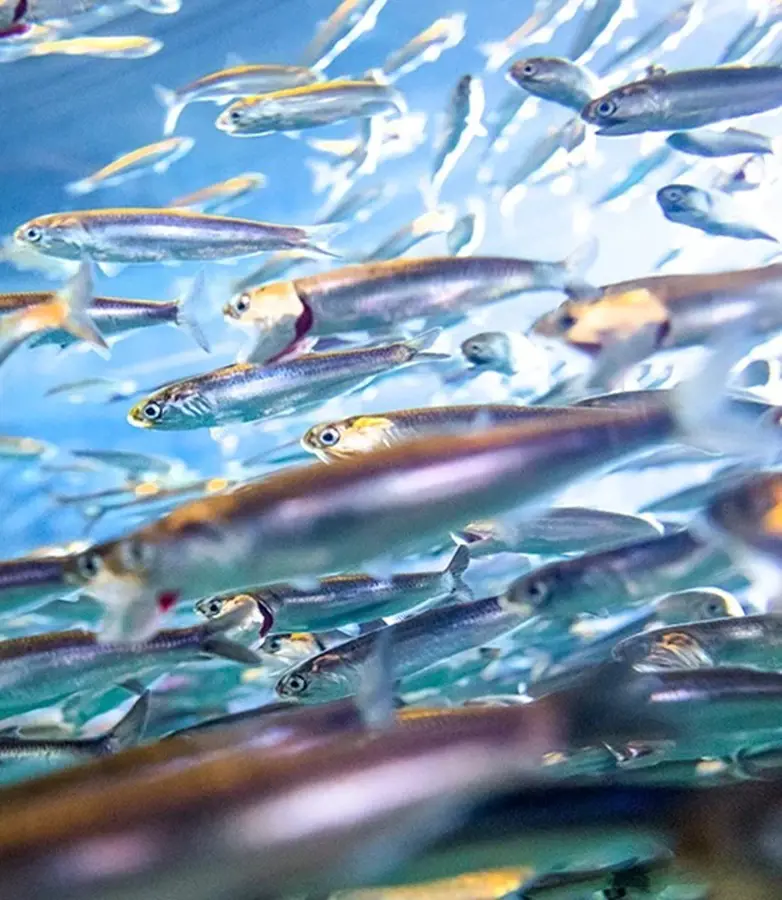
Sardines are often found in coastal waters, typically in large schools near the surface. They are commonly distributed in both warm and cold seas around the world. Harvesting of sardines is typically done using purse seine nets, a method where a large net is deployed to encircle the school of fish. This method allows for efficient capture of large quantities of sardines at once.
Anchovies, on the other hand, are also coastal fish but are often found in slightly deeper waters compared to sardines. They are known for congregating in large schools near the seabed. Anchovies are harvested using purse seine nets as well, but some regions also employ traditional methods such as ring nets or lampara nets. These methods are designed to capture anchovies near the surface during the night when they are more active.
Available Forms in the Market & Cost
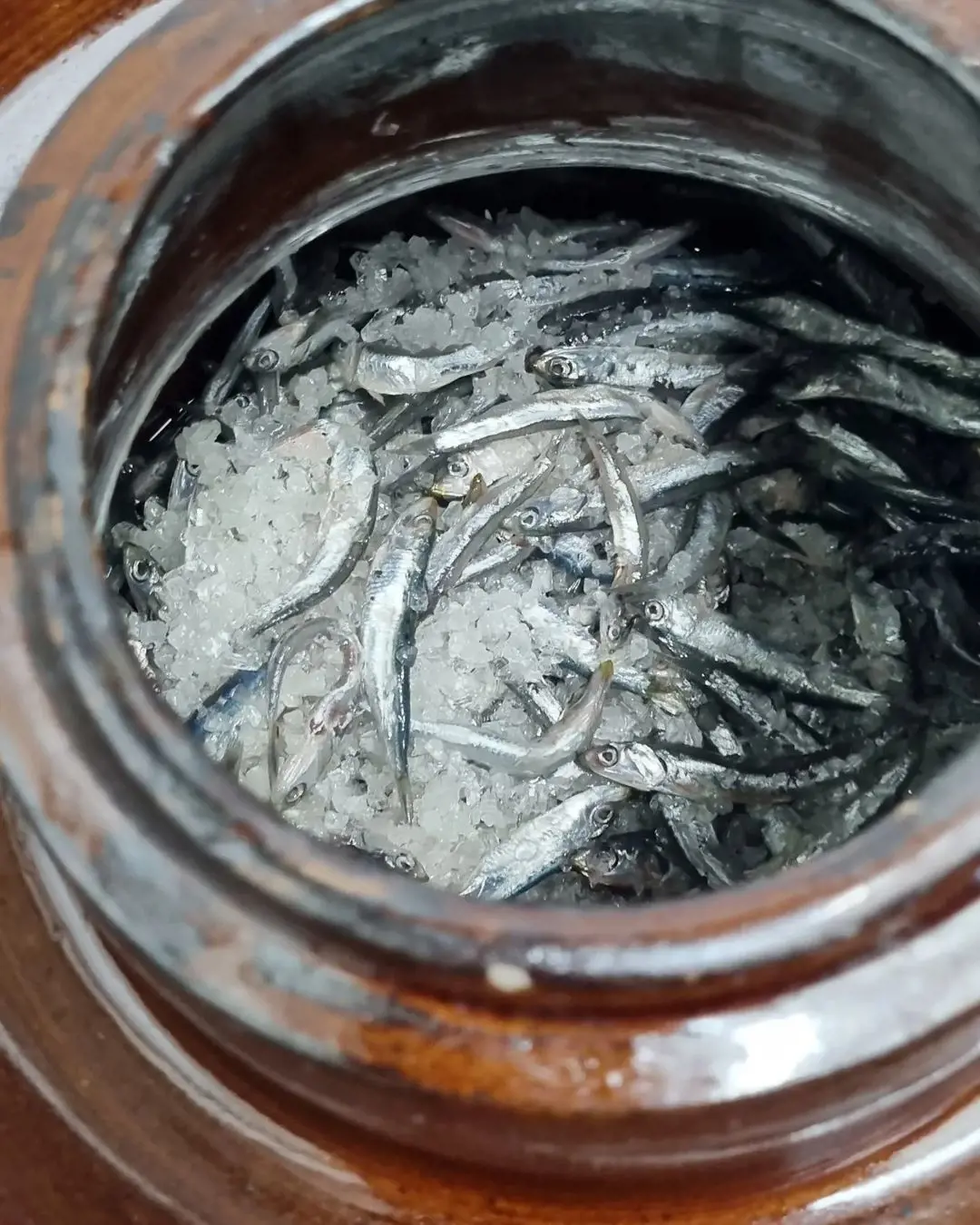
Sardines can be found fresh in some fish markets, but they are less common than other types of seafood. They should be consumed within a day or two of purchase. Canned sardines are the most common form available. They are typically packed in olive oil, water, or tomato sauce. In general, canned sardines are often more widely available and tend to be more budget-friendly compared to anchovies.
Anchovies are commonly sold in jars or cans, packed in oil or salt. The oil-packed variety is widely used in Mediterranean cuisine, while the salt-cured ones are popular in Japan and Southeast Asia. They are also available in paste or sauce form, which is a concentrated and versatile way to incorporate their flavor into dishes. Anchovies are relatively more expensive due to their intense flavor and the labor-intensive process of filleting and preserving them.
Flavor and Texture
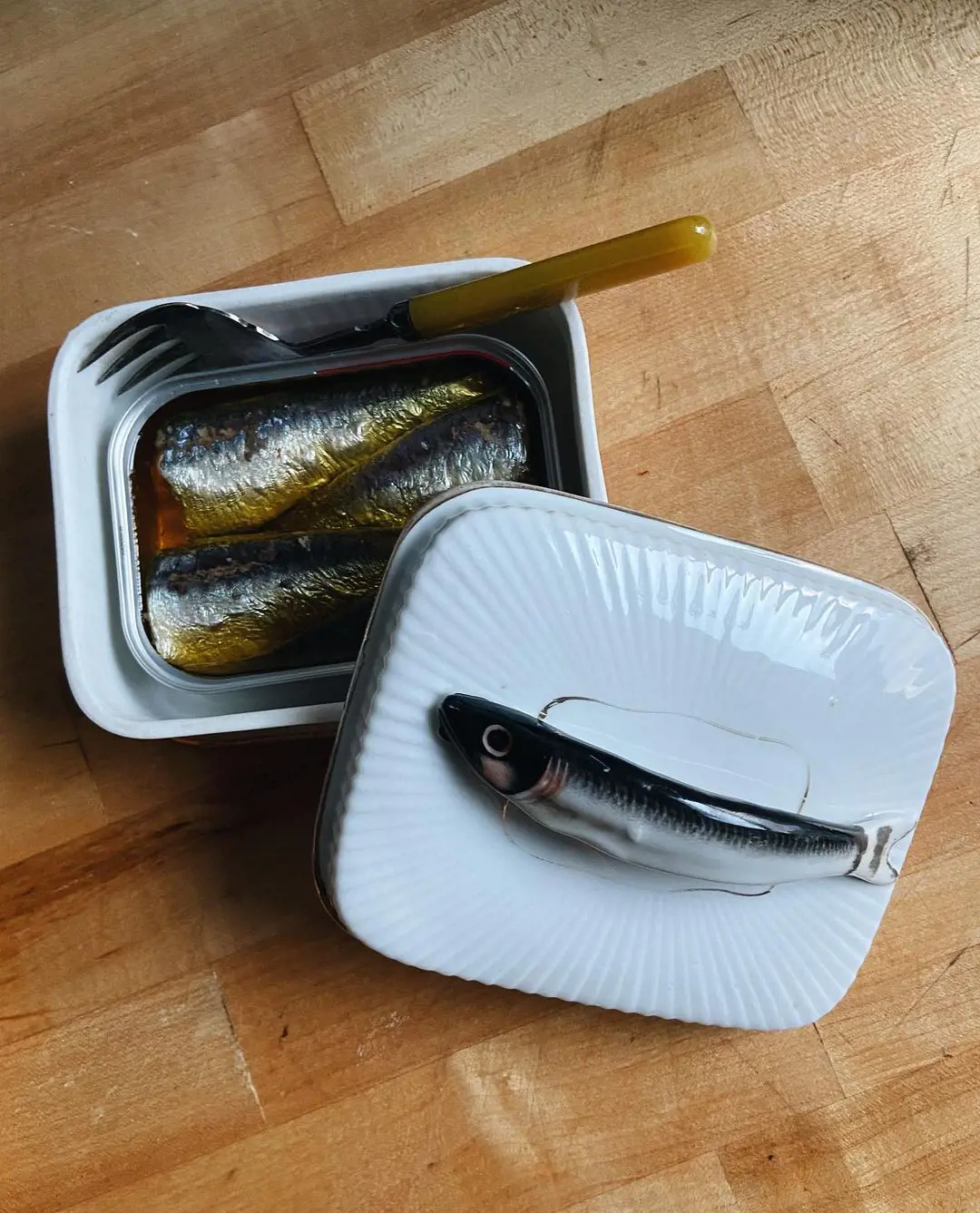
Compared to other fish, sardines are generally described as having a less intense "fishy" taste. The richness comes from the oil content, adding a unique savoriness. When caught fresh, sardines offer a milder, slightly sweet taste thanks to their diet of plankton.
Canned sardines however have a stronger, fishier flavor due to the canning process and often come packed in various oils, sauces, or brine, impacting the final taste. Sardines have flesh that is firm and less delicate.
Unlike their milder sardine cousins, anchovies have a strong, salty, and umami flavor due to the way they are typically preserved. They are usually cured in salt for several months, which draws out moisture and intensifies their flavor. This concentrated flavor makes them a valuable ingredient in small quantities, adding depth and complexity to sauces, dressings, and pizzas. Also, anchovies exhibit a more delicate and tender texture.
Nutritional Content
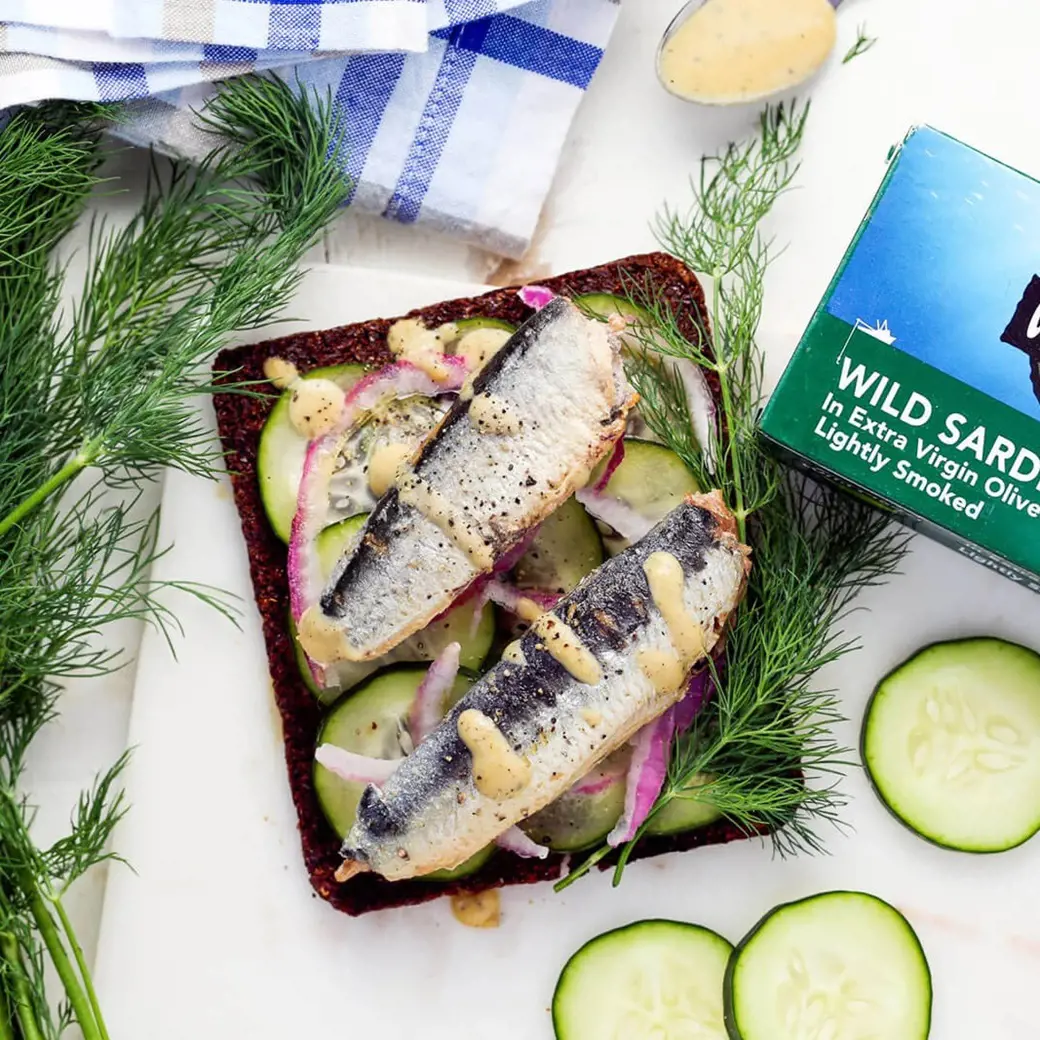
Sardines are rich in omega-3 fatty acids, particularly eicosapentaenoic acid (EPA) and docosahexaenoic acid (DHA), which are beneficial for heart health and brain function. They also provide a good source of protein, vitamin D, and calcium. Additionally, sardines contain minerals like selenium and phosphorus.
On the other hand, anchovies are known for their high concentration of omega-3 fatty acids, providing similar cardiovascular benefits. They are also an excellent source of calcium, which is essential for bone health, and contain significant amounts of iron, magnesium, and phosphorus.
Culinary Uses
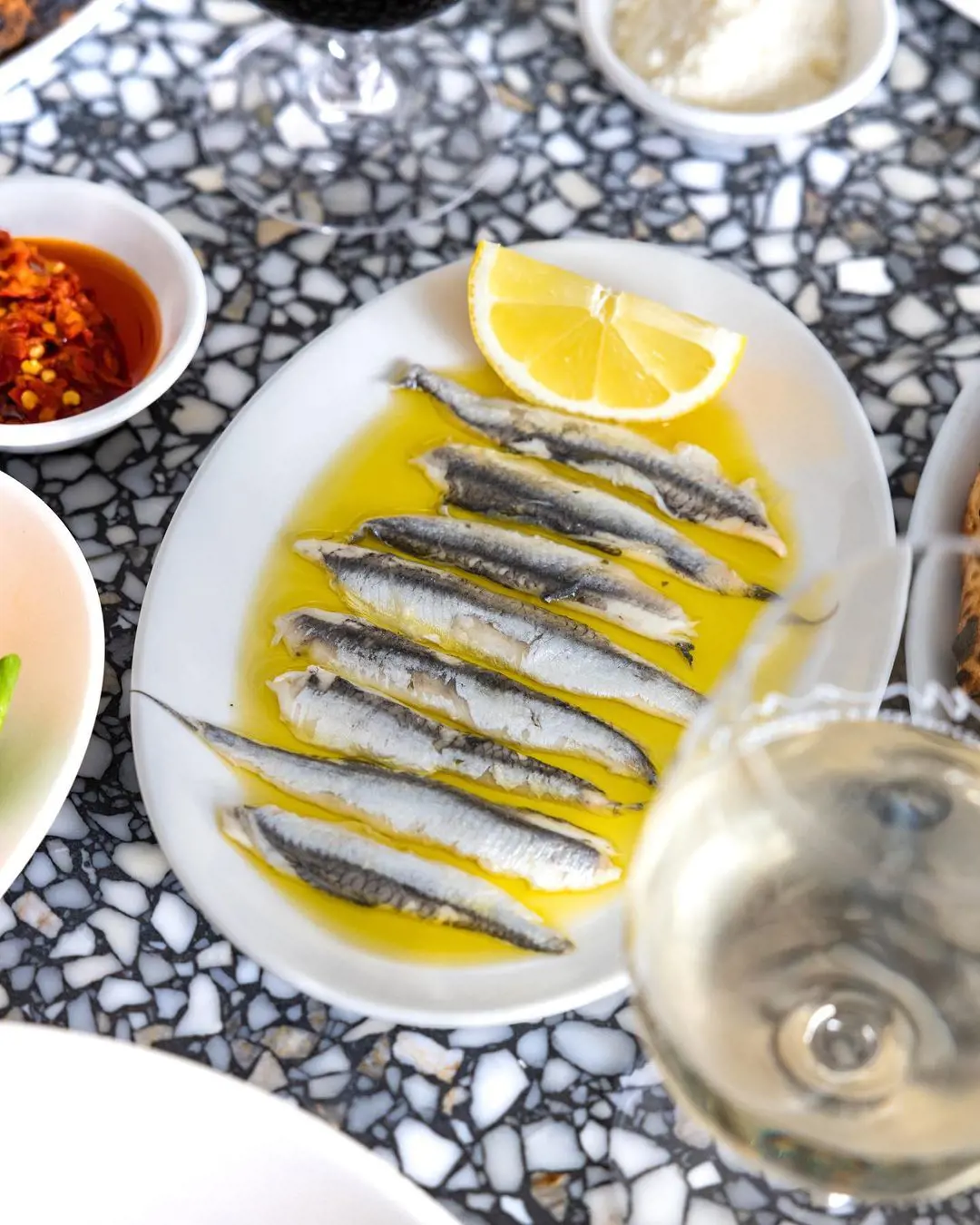
Sardines are often enjoyed as a standalone dish, commonly canned in olive oil or tomato sauce, and are a popular choice for grilled or smoked preparations. They also make a nutritious addition to salads and pasta dishes. Sardines due to their milder flavor and larger size make them suitable for various culinary applications.
Anchovies however are typically used as a potent flavor enhancer rather than a main course. These small, intensely flavored fish are frequently employed in Mediterranean cuisines to add depth to sauces, dressings, and condiments. Anchovies' savory and salty profile makes them a key ingredient in dishes like Caesar salad dressing, puttanesca sauce, and pizza toppings.
While sardines take the spotlight in many dishes, anchovies often play a supporting role, contributing their distinctive taste to elevate the overall flavor profile of a dish.
Popular Types
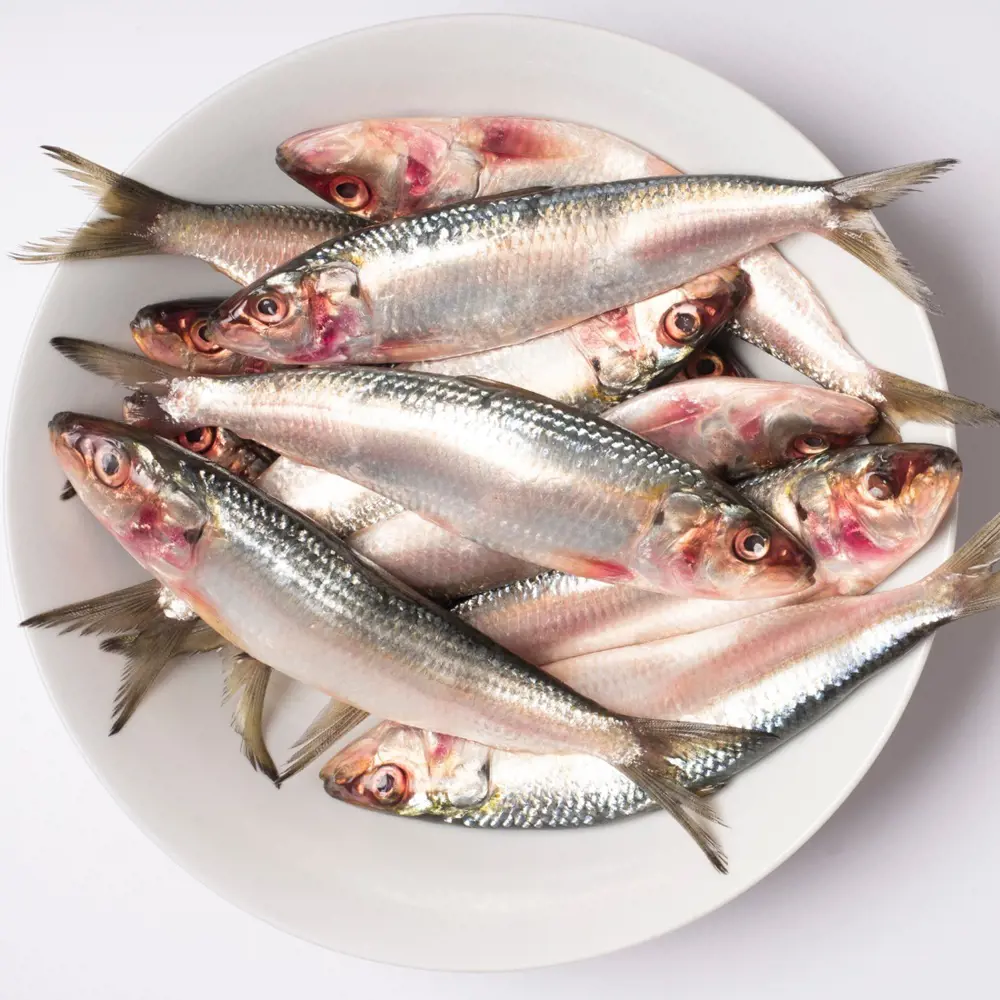
When it comes to popular types of sardines and anchovies, the specific varieties can vary based on regional availability, culinary traditions, and consumer preferences.
Here are some well-known types of sardines:
- European Pilchard (Sardina pilchardus): Widely consumed in Europe, especially around the Mediterranean, these sardines are commonly used for canning and are known for their mild flavor.
- Pacific Sardine (Sardinops sagax): Found along the western coast of North America, these sardines are often canned and are appreciated for their omega-3 fatty acid content.
- Indian Oil Sardine (Sardinella longiceps): A common species in the Indian Ocean, particularly along the coasts of India, these sardines are important for local consumption.
- Japanese Pilchard (Sardinops melanostictus): Known as iwashi in Japan, these sardines are widely caught in the western Pacific and are popular for various culinary preparations, including sushi.
The popular types of anchovies are as follows:
- European Anchovy (Engraulis encrasicolus): Found in the Mediterranean Sea and the northeastern Atlantic, these anchovies are a staple in Mediterranean cuisine, often cured and packed in oil.
- Peruvian Anchoveta (Engraulis ringens): Abundant off the coasts of Peru, these anchovies play a crucial role in commercial fishing, particularly for fishmeal and fish oil production.
- California Anchovy (Engraulis mordax): Inhabiting the Pacific Ocean along the western coast of North America, from Mexico to British Columbia, these anchovies are used in various dishes and culinary applications.
- Japanese Anchovy (Engraulis japonicus): Known as kibinago in Japan, these anchovies are used in traditional Japanese cuisine, including sushi and sashimi.
What Sets These Pungent Fish Apart?
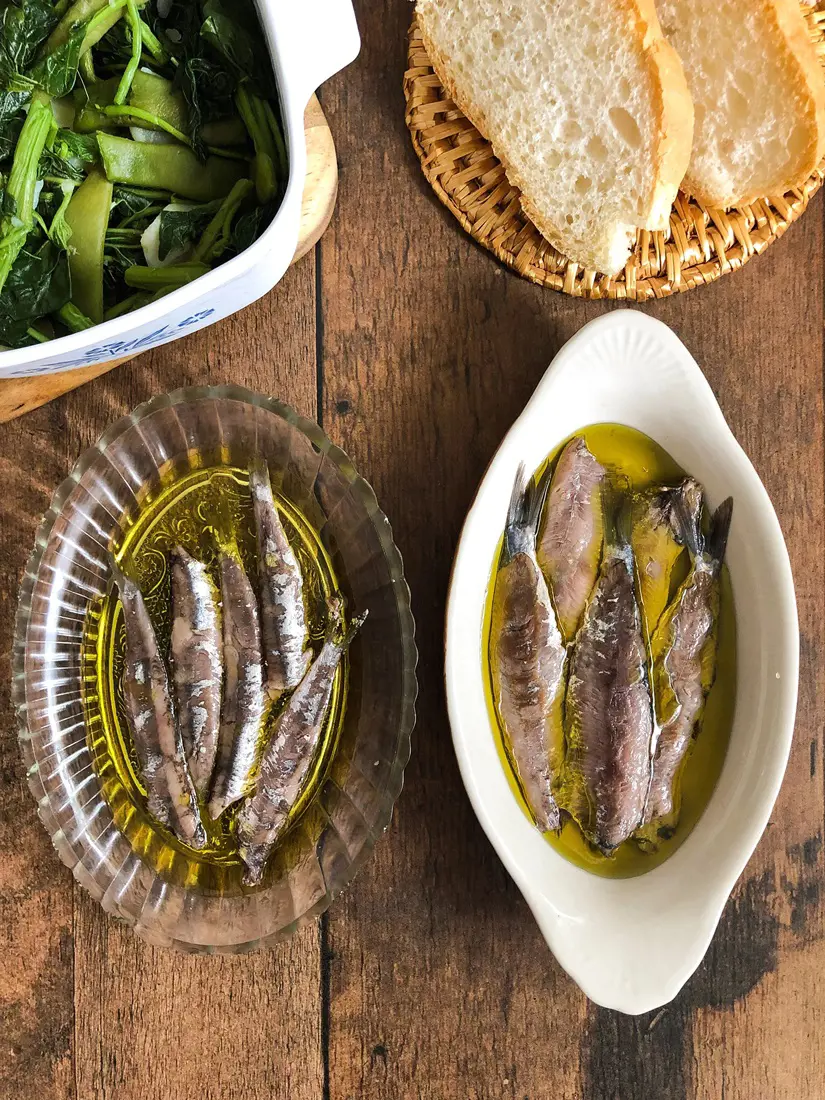
Sardines and anchovies, though sharing similarities as small, oily fish, exhibit distinct characteristics that set them apart. Firstly, in terms of species and size, sardines, belonging to the herring family, are generally larger with a more robust and meaty texture. In contrast, anchovies, members of the Engraulidae family, are smaller and have a delicate and tender texture.
Secondly, their flavor profiles differ significantly. Sardines offer a milder taste, slightly sweet and nutty, while anchovies are known for their bold, intense, and savory flavor, with a distinct umami and fishy quality.
Lastly, their culinary uses vary; sardines are often enjoyed as whole fillets or canned in various forms, contributing versatility to dishes through grilling, baking, or adding to salads. Anchovies, on the other hand, are commonly used in smaller quantities due to their potent flavor, typically in paste or fillet form, enhancing the taste of sauces, dressings, and Mediterranean dishes.
Recent posts
Kitchen Tips
Kitchen Tips
Best Ways To Reheat Salmon
Salmon is a delightful fish that is consumed by many people. The reason is its flavors and nutritional benefits. Whether be it a normal dinner night or any occasion, you will find salmon on the plate. Having leftover salmon makes you think how ...
Kitchen Tips
3 Methods To Defrost Salmon Without Ruining It
Salmon makes everyone delighted at dinnertime, and it's easy to see why. While fresh salmon from the store tastes wonderful, sometimes life gets too busy for shopping trips. That's when frozen salmon becomes your kitchen hero! With the right defrosti...
Kitchen Tips
14 Heavy Cream Substitutes For Cooking
Heavy cream, also known as heavy whipping cream, is a luxurious dairy product celebrated for its rich and velvety texture. The cream is made by skimming the fat content from fresh cow's milk with about 36-40% milk fat. However, there are severa...
Kitchen Tips
20 Best Italian Herbs And Seasoning Spices
Italian cuisine is known for its simplicity and the use of locally produced, high-quality, fresh ingredients. One of the reasons behind this is the skillful use of herbs and spices to enhance flavors and create diverse taste profiles. Depending on wh...
Kitchen Tips
15 Butter Replacement Products When You Run Out Of It
Butter makes everything better. It is a kitchen staple that can be found in pretty much everyone's pantry. From baking to sauteeing, we use this ingredient in the kitchen pretty much every day. So, it is natural for us to look for alternatives for da...
Kitchen Tips
How Do You Freeze Bell Peppers
We’ve all had that moment of going to the store, purchasing too many bell peppers just to use for a recipe. Once your vivid veggies are peeled and placed in the fridge, they’ll last a few days, but they can spoil fast. Fortunately, you ca...


